Peony - an amazing decorative plant with bright numerous fluffy flowers. The light pleasant flavor and diverse palette of the paints attract flowerflowers that successfully grow a long-term floral culture even in Siberia. How to grow peonies in Siberia and, what kind of color is needed? What variety is suitable for cultivation in the harsh Siberian climate? Step-by-step instruction of planting, care and reproduction of peonies in Siberia in this selection of material.
Features of growing peonies in Siberia
- Despite the complex and stern climate of Siberia, many flowers are successfully grown in their sections a variety of peonies.
- Moreover, Siberia is considered a natural area of \u200b\u200bdistribution of such types of peonies, like "Maryin Root" (PION evaded), "Peony Far Eastern White Flower" and "Peony Steppe".
- Representatives of the Pionoid family begin to bloom in conditions of harsh Siberia with one of the first flowering plants. This quality is very appreciated by the gardeners of this region and is widely used when decorative landscapes.
- The following climate features of the Siberian region affect the growing vegetative processes of floral culture: the spring cold during the bookmark of the buds slows down their dissolvement, and the sharply incredible positive temperature contributes to the early bloom of peonies.
- Peonies are considered unpretentious and endless plants, so it is easy to take root and adapt in the Siberian climate. It is only important to comply with certain rules for protecting the plant from winter frosts, such as the shelter of peonies, snow clothing and soil mulching. But in multiserry regions, the shelter of peonies is not required at all.
- The most resistant and viable in Siberia will be peonies, the kidney of the resumption of which are located at a depth of 5-7 cm from the surface of the Earth.
- One of the most common peony varieties in Siberia, which is used in the selection of new varieties for the northern regions is "Maryin Root". This choice is explained by the high frost-resistance of the plant and an attractive appearance.
Peonies in Siberia, Description of the Plant
- Most of the varieties of peonies growing under conditions of Siberia are a herbaceous or tree a long-term culture, from 60 to 100 cm high.
- The peony bush is spread, large, multi-speed and highly humble. Even after flowering, the green of the shrub will look at the flower and impressive for a long time.
- Rhizome in perennial is large, powerful, with numerous thickened roots of process.
- The most important jewelry of Peony is his flowers. Fragrant, bright, large flowers can be terry or simple, with different shades and flowering times. In Culture, white, pink, burgundy and red peonies are most often found.

- When are peonies in Siberia? It depends on the variety of peeons and weather conditions of the region. On average, the flowering of perennial falls at the end of May - June.
- Young bushes of peonies at first bloom rarely, throwing out only a few color lines. With the age of inflorescence, the plant turns into a densely seated beautiful decorative bush into the 5-year-old age. On average, an adult bush can have from 20 to 50 flowers, but there are exceptions when the plants are up to 150 bright inflorescences.
- If you plan for several varieties of peonies with different terms and duration of flowering, you can achieve flowering peonies for 1.5-2 months.
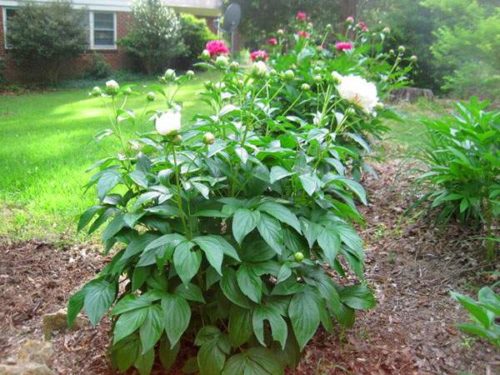
Siberian Sorts for Siberia
In culture, depending on the origin and form, 2 groups of peonies are distinguished: tree and herbaceous. In Siberia, both of these species are successfully grown.
- Tree peonies Characterized by thick, few branched perennial shoots. Currently, there are more than 1000 varieties of tree peonies, most of which grows in China. Representatives of peony tree are also widespread in Siberia. A distinctive feature of the perennial is slow growth rates, resistance to adverse environmental conditions and the ability to grow in one place for more than 100 years.
- Herbatous peions Have more compact shape and thin not thickened, although quite durable, reprehension shoots. Gorgeous terry flowers of different shades are able to satisfy the tastes of even the most demanding flower flowers.
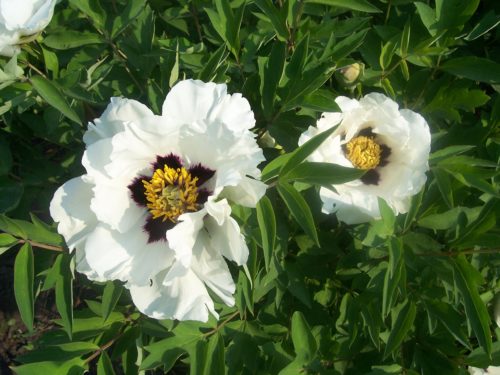
In terms of flowering, peonies are divided into the following groups:
- Superradiating peonies (flowering occurs in the late spring - early summer).
- Early peonies (bloom comes in the first half of June).
- Medium peonies (bloom comes in mid-June).
- Late peonies (bloom comes in the second half of June - early July).
- Superference (bloom comes in early July).
Consider the best, proven, frost-resistant and hardy varieties of peonies (with photos) for Siberia.
- PION is a grassy "globe".
A bush, a height of 70-80 cm, well and quickly grow. Strongly terry flowers are located on strong blooms of 2-3 pieces. The name of the variety is associated with a spherical shape of the peony flower, a diameter of about 15 cm. The color of the inflorescence is lilac pink.
- Peony grassy "Red Ball".
The grade, up to 85 cm high, spread and densely derived. Strongly terry flowers of dark red color, spherical shape. Used on the cut, the variety is weakly fragrant. Flowers in June.
- Peony is a grassy "dream."
High (up to 100 cm), a compact bush, with strong reprehensive flowers, on which 2-3 buds are located. Flowers are strongly terry, rich burgundy color, with a weak pleasant aroma. The flower diameter is about 15-16 cm. Suitable for cutting.
- Pion grassy "Memory Nazarova".
A lot of sbenerable, closed not a high bush (about 70-75 cm) with long blooms, on which 4-5 buds are formed. The color of flowers is white or slightly pinkish, the aroma is weak. The inflorescences are terry and large.
- Peony grassy "Siberian souvenir".
A bush reaches 85-90 cm high, forming long and durable stems. The flowerons are thick ripped with buds, 5-6 pieces. White flowers, dense, terry, with a diameter of about 15 cm.
- PION is a grassy "lilac fog".
Grade with compact and closed bush. Long flowers "carry" 2-3 buds. Blossom abundant, lilac pink tones. Flowers are dense, with a central funnel and a diameter of about 15-16 cm.
- Pion grassy "White Novosibirsk".
The bush is high (about 90 cm), quickly growing, but preserving compact form. Middle density flowers, white with yellow stamens in the center.
Among tree peonies whose cultivation is successfully verified in Siberia, the following varieties can be distinguished, differing in coloring flowers:
- White flowers - Lomonosov varieties, "Maria", "Anastasia Sosnov".
- Pale pink flowers - Dmitry Kapinos variety.
- Yellow flowers - Quinji variety, "Academician of Sadovniki".
- Red flowers - Grade "Vladimir Mayakovsky".
- Salo flowers - Irina variety, Marianna.
- Saturated pink flowers are the variety Nikolai Vavilov, "Julia Drunina".
- Siren-beetric flowers - the variety "Peter Great".
Where and how to buy peonies for Siberia?
As you know, buying peonies for one or another region should be carried out in the same area. The regional peonies adapted to local medium conditions and climate are best rooted in a new place and will delight their "owners" for a long time.
- Buying peonies for landing, it is important to pay attention to the quality of the decene. Good and healthy planting material with 2-3 weathered shoots (20-25 cm height) will have at least 3 non-smashed renewal kidneys and, at least 2 (or more) apparent roots, more than 5 cm long. Kidney should be glossy and large.
- The deteen themselves should be dense, without an extraneous unpleasant odor, without visible signs of damage, rot or other diseases.
- Pione deteen with 1-2 renewal kidneys will also be suitable for landing, but such copies grow slower and bloom 1-2 years later.
- Siberia is grown by frost-resistant varieties, both tree and herb peonies. Reviews of flowers engaged in breeding in Siberia Peony tree, confirm the success of this process, which, besides, is not too time-consuming and complex.
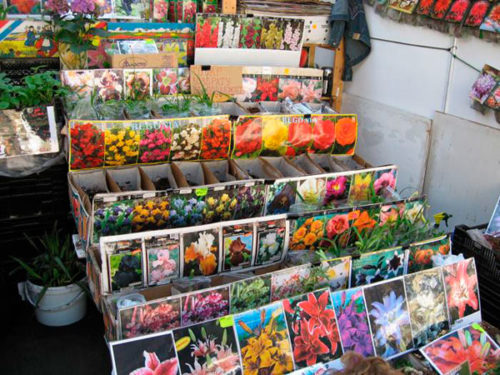
Pion landing in Siberia
Peonies in Siberia grow a fairly long period, bloom abundantly and perfectly tolerate wintering.
Consider all the features of planting perennial in open ground.
What place to choose to land peonies in Siberia?
Peonies do not like transplants and can successfully grow in one place until 20 years. That is why it is so important to initially choose the place for planting a decorative perennial.
- Light-loving peonies should choose an open sunny section, then the plant will "delight" large, saturated painting, colors. When planting peonies, there is also a nursing half-length, it is especially well affected on the development of the plant in a sultry noon. Peonies lined in the shadow either will not bloom at all, or the flowers will dissolve small and ugly.
- It is not worth landing the bushes of peonies near the walls of houses or other buildings, since then the plant may suffer from overheating or, on the contrary, abundant precipitation from the roof after rain or snowfall.
- At the same time, unwanted winds and drafts are undesirable to landing peonies.
- Not the best option - planting a peony near the trees and other shrubs. The constant "struggle" for nutrients and water will negatively affect the development of peonies.
- It is better if the selected area will be on the elevation, since the peonies do not tolerate too moistened soil, and they will not fit in the lowland.
- As for the soil, peonies can grow almost on all garden soils, while their appearance will be slightly different from each other. On sandy soil, peonies form a large number of thin shoots, small leaves and flowers. On the clay ground, the peonies in peonies will be larger, stalks - thicker, leaves - wider. At the same time, the peony bush will develop slower and look lower and more compact. Peones will grow well on drained fertile loams with moderate moisture content. On raw, marshy and stagnant soils, the plant will not be able to develop and, most likely, his root starts.
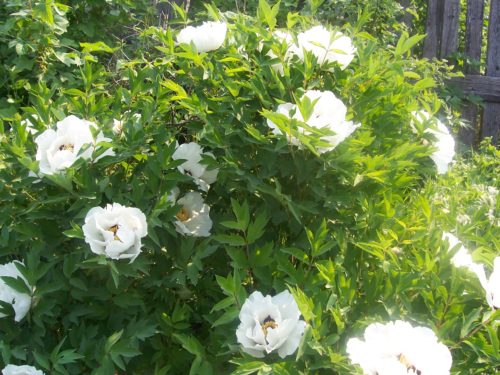
When are peonies in Siberia?
- Planting peonies into the soil in Siberia is carried out in spring or autumn.
- Most flowers of Siberia converge in the opinion that the autumn period is the best time for planting peonies with an open root system. Planting a perennial is necessary in the early autumn (in September) so that the plant can be rooted before the onset of winter cold.
- As for the spring landing, the procedure is carried out in the first half of spring, usually in April, when it is not so hot. Then, during the occurrence and development of shoots, lined with deteen peonies will be easier to root in the soil. Peonies during the spring landing in Siberia are more susceptible to diseases and slowly rooted.
- Some flowerflowers, fearing the death of the bushes when planning them in spring time, practice the planting of peonies in the spring in pots, which are placed in a cool place (for example, in the cellar). The soil in the pot must be constantly wet. In the fall, Delleka from the pot, along with a lump of land, transplanted on the flowerbed.
- Peonies purchased in nurseries or flower shops, with a closed root system, you can no concern to plant, both in spring and autumn. The main thing is to maintain a natural room of land when landing and not injured the roots of the plant.
How to get peonies in Siberia?
Consider in detail, with a step-by-step instruction, how to put peonies in the spring or autumn in Siberia.
- The sizes of the PIONS for peonies depends on the size of the planting material - the decene. These may be 40x50 cm pits or 70x70 cm.
- Organic and mineral fertilizers are poured into the prepared hole. For example, humid or compost (5-10 kg), superphosphate or bone flour (200-400 g), which are mixed with earth and poured with water. The good results "shows" also adding wood ash into soil.
- For peonies fit the ground with a slightly alkaline reaction. In the case of increased acidity of the soil, add still carbonate lime, at the rate of 300 g per 1m 2. With severe clay soils, add river sand and on the contrary, with sandy soils - clay. In the conditions of high humidity and risks of water, the drainage layer is required, which is prepared at the bottom of the landing pits of 15-20 cm gravel, pebbles or small broken bricks.
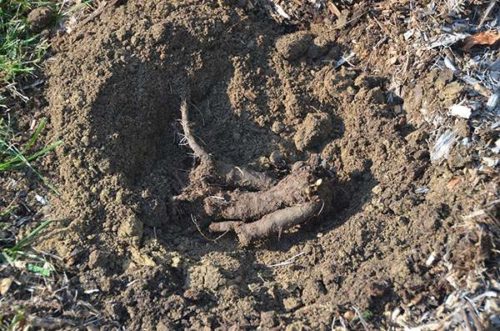
- The depletion of peony is planted into the moistened well so that its kidneys are placed in the ground no more than 4-6 cm. The plant is placed in the upper third of the landing pit in a fertile layer without fertilizers.
- When landing the roots of the plant can not be bent or pressed, they should be freely located in the soil. In addition, the roots of peony should not directly touch the fertilizers used for planting.
- After landing, the soil is compacted, the rolling circle is poured and mulched by peat (humus). Mulch contributes to the preservation of a wet microclimate, the air permeability of the soil and prevents the development of weed grass.
- Landing in too loose soil is fraught with its subsequent shrinkage. Such a landing turns out to be too deep and the plant will not be able to bloom. Repair the situation will help the bush transplant or lifting it with its way of plugging under the root of the Earth.
- The surface planting of peonies in the spring in Siberia is also undesirable, since the close location of the roots to the surface can lead to the frozen of peonies in winter.
- When landing several pions bushes hold the interval between plants about 80-100 cm. This distance must be left between the peonies, given the thick and spreading structure of the peony bush.
Peony Care in Siberia
Care of peonies in Siberia is important to carry out not only in spring or autumn, immediately after planting the plant, but also throughout the growing season. Watering, loosening, removal of weed grass, feeding and pest control are key agrotechnical measures necessary for successful cultivation and intensive pion blooms.
Watering peonies in Siberia
- Watering peonies should be abundant, but not too often. So, the adult whip of peony will be enough of 1 watering a week, at the rate of 2-3 buckets under the bush. With natural precipitation, irrigation standards are reduced.
- The only exceptions serve as irrigation rates immediately after planting the plant. In this adaptation period of rooting (approximately within a month), it is necessary to water the PION more often, with a break in 2-3 days. Especially important, watering during the bootonization, flowering and secondary growth of the roots (at the end of summer).
- Watering the plant is necessary for the root, so that water gets as little as possible on the leaves of the plant. Otherwise, the appearance of a fungal disease.
- It is not necessary to "get involved" by frequent abundant irrigation, as this will lead to the stagnation and reinforcing the roots of peony.
- Timely and high-quality irrigation contributes to the optimal development of the plant and successful wintering.
- After each watering, the ground around the bushes is loose, so that the dry dense crust is not formed. Mulching the site will make it without frequent loosening.
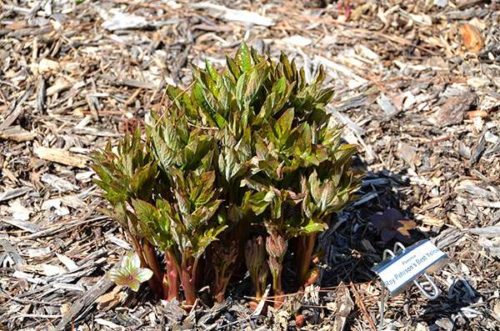
Feeding and fertilizer of peonies in Siberia
- Young peonies can be fertilized, starting from the first year of their lives. If, when landing in the ground, a sufficient number of fertilizers was introduced - the first 2 years of the feeding are optional.
- For feeding, you can use organic (liquid korovak, compost, urea) or mineral fertilizers.
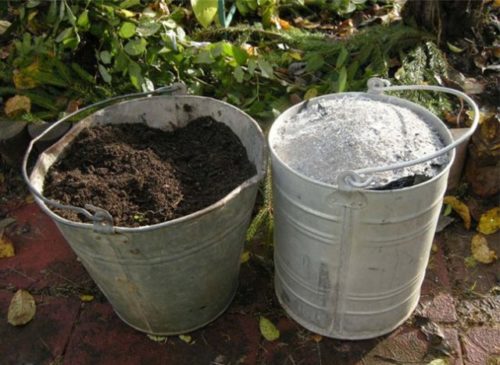
- Fertilizers are made taking into account the needs of the plant. Thus, during the development of the green mass, the peony requires more nitrogen, during the bootonization and flowering culture needs additional doses of nitrogen, potassium and phosphorus, at the end of the growing season, to bookmark new kidneys, you will need potassium and phosphorus.
- The first feeding is carried out early in spring. A comprehensive mineral fertilizer is used with a predominance of nitrogen. Fertilizer should be made, according to the attached instruction, since the excessive amount of nitrogen entails the rapid growth of the green mass of the bush and decrease the tabs of the buds.
- The second feeding comes from the second half of the spring - the beginning of summer when the budding of buds and perennial blossoms are. Nitrogen-potash-phosphoric complexes and organic fertilizers are applied.
- The third feeding is carried out in summer, after flowering, potash-phosphoric fertilizers.
- All feeders are carried out after irrigation. Fertilizers are entered in liquid form.
- It also has proven such mineral fertilizer as Kemira. According to the reviews of many Siberian flowerflowers, this drug contributes to abundant flowering, increased resilience and prevention of diseases. Fertilizer is used as root feeding.
- For supporters of the extraxornal feeder, fertilizer based on biohumus is perfectly suitable - "Ideal". The drug is sprayed on the green part of the plant with the help of a sprayer or watering can. Experienced flowers are recommended to add a grated economic soap to the solution so that the fertilizer is longer "delayed" on the leaves of the peony.
- Restore fertility and increase the soil breathability where the peonies grow, live microorganisms contained in the microbiological fertilizer Baikal Em1 will help.
Pruning peonies in Siberia
- Trimming peonies spend several times: in the fall, when preparing for winter; In the spring, before the start of the active awning of shrub and in the summer, after his flowering.
- Spring trimming is carried out if the bushes of peonies were not cut in autumn. In the spring trimming, all dry shoots remove, and the old shocked up to 10 cm. Trimming at this time allows you to "awaken" the apparent kidneys located at the base of the plant.
- With summer trimming, only flowerons with flashing buton are removed. This agricultural reception is very important and affects the flowering process in the next growing season.
- In the fall, the shoots of peonies are cut to 4 cm length, which will easily cover for the winter.
- If the peeons of peony are small, in the spring you should trim extra buds, leaving only one bud on one blur.
- It is impossible to crop peonies immediately after flowering, as this will lead to the disappearance of the kidneys laid down next year. Such a peony bush simply will not bloom in a year.
Shelter Peony for Winter in Siberia
- Most of the peonies grown in Siberia need shelter for the winter.
- The plant can be covered with a snack or wrapped with a special covering material. At the same time, the soil, where the peony grows, it is better to climb, securing the root system from the freezing.
Transplanting Peonies to Siberia
- Peonies are painfully transferring a transplant: the bushes are restored for a long time and can not even bloom for several years.
- If nevertheless, there was a need to transplant the bushes of peonies, it is necessary to do it carefully, trying to injure the plant less.
- For this, the bush dig out as deep as possible and together with a lore land tolerate to a new place, to the prepared landing pit.
- In case the bush is damaged by any disease, it should be reanimated first. For this plant roots are washed under the jet of water, after which the patients are removed. Sections of sections sprinkled with crowded coal.
Fighting diseases and pest pests in Siberia
- Peonies growing in Siberia are quite resistant to pests and diseases.
- Occasionally, Siberian peonies may be infected with gray rot or drier spot.
- Gray rot is manifested by a grayish raid on foliage and peony flowers. The trunk of the bush dries and becomes brittle, the flowers are darked, sometimes to "black". For the disease gray Gnill. All damaged areas should be removed and a plant with 6-7% copper sulfate solution should be removed. Alternatively, a solution of manganese (at the rate of 3 g per 10 liters of water) is also suitable.
- Buuray spotty manifests in the form of dirty and white spots on the leaves, stem and buds. The disease is dangerous, as it leads to foliage. In case of disease, sore sections are removed by drier spot, after which the bush is sprayed with 1% mortar of burglar liquid.
- If peonies appear on the leaves yellow spotsThe plant is infected with such a disease as rust. At the same time, the leaves begin to twist and dry, the plant may die. Fungicides will help to eliminate the disease, and the prophylactic measure will be a spring spraying of Peony's bush with infusion of cleanliness or burglar liquid.
- Sometimes old bushes of peonies can be amazed nematode (Round small worms), causing blinking roots and the formation of nodid growths. In this case, the peonies are destroyed, and the soil is necessarily disinfected.
- With mass attacks zhukov - Bronzovikovthat emit the core of peony flowers, insects should be collected manually in the morning.
- If a lot appears on the pion boots muravyev- You can spray flowers to the tobacco infusion that scare insects.
Ponition reproduction in Siberia
Peonies can be multiplied in several ways: the division of the bush, gag, renewal kidneys, seeds, cuttings, and even vaccination.
- The most acceptable and common method of breeding for all types of peonies - division bush. In Siberia, all manipulations are carried out in early spring (after thawing the soil) or in the first half of August (before the start of the reinforcement of the roots). As a "donor", an adult healthy bush is suitable, which is either divided directly in the soil, or pre-dig. On each full part, there should be 2-3 kidneys and a segment of the root, not less than 10 cm. The locations of the sections are treated with potassium permanganate solution and sprinkled with a crowded coal.
- Delivery by chains Apply for tree peonies. At the same time, a strong escape of the plant is flexible to the ground, make an incision (in the place of contact with the soil) and fix the strut. Noise can be treated with a solution of the rooting agent. The incision is sprinkled with soil and provide its constant moisturizing. By the end of summer, young roots should appear in the door.
- For tree peony suits the method divide with cuttings. Warm cuttings are cut, processed with a stimulator of the root formation and planted into the container for further rooting.
- In the reproduction of tree peonies when help Vaccination The roots of herbaceous peony are most often used as a combination.
- Ponition reproduction by seeds - Long and time-consuming process, rarely used by floweries. The main advantage of this method is the complete preservation of all varietal signs of the plant.
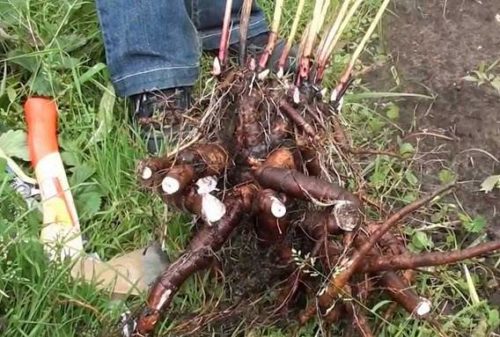
Problems when growing peonies in Siberia
- Why is the bush of peony not growing?
One of the reasons may be unsuccessful selected plot for landing, where the plant lacks light. In addition, watering and feeding affects the development of the plant, since with their lack of peonies also slow down in growth. Another cause of a slow-down peony growth can be a plant transplant, after which the perennial falls for a long time to recover.
- Why doesn't peony bloom?
The absence of flowers on an adult peony bush can be caused by several reasons: too deep planting of plants, depleted composition of the soil and the absence of additional feeding, lack of light or moisture. Too old bush can also stop bloom until it is rejuvenated and divided.
- Why don't the peonies shoot?
The reason may be bad, poor-quality landing material or unprepared properly soil. The absence of heat, moisturizing and regular ventilation can also cause the seeds on which the seeds will not go.
Thus, a spectacular and beautiful plant - Peony, grows perfectly in Siberia, breeds and pleases those surrounding abundant bright blossoms. Unpretentious and hardy culture can grow for a long time in one place, it does not require special care or excessive attention.

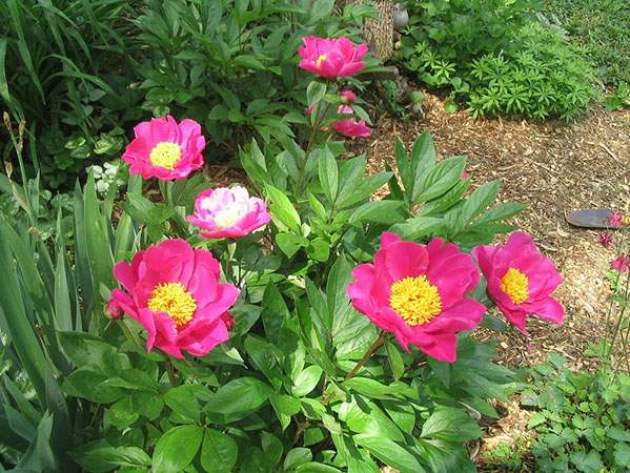
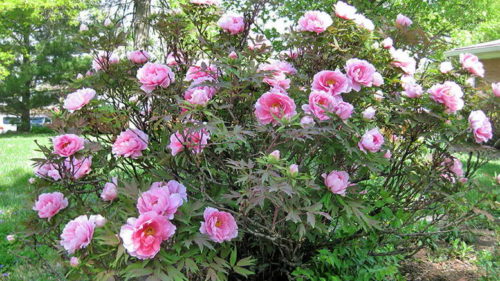
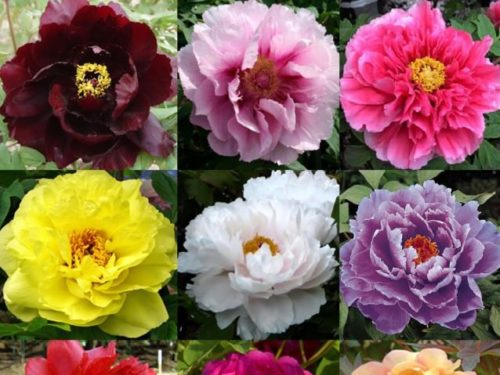
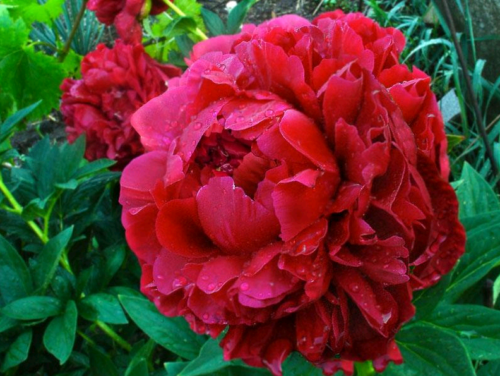
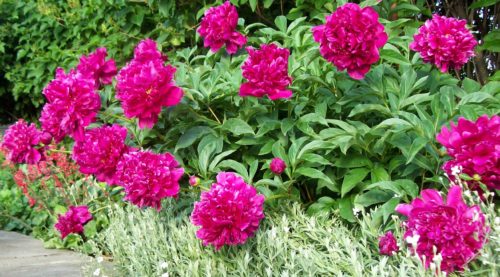
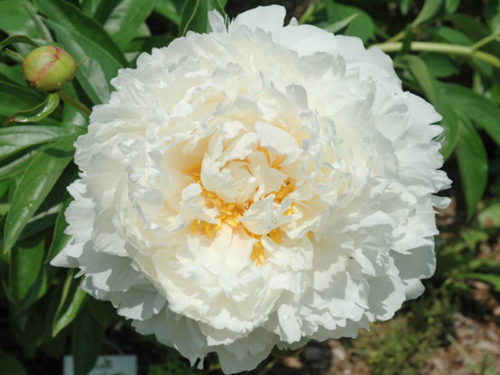
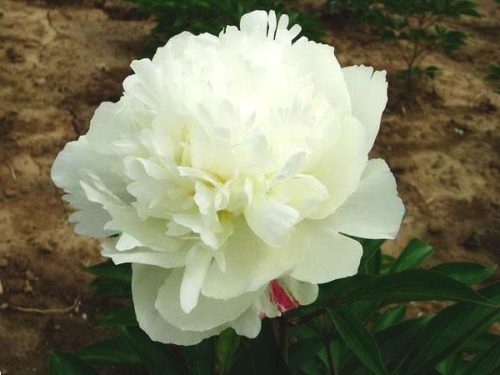
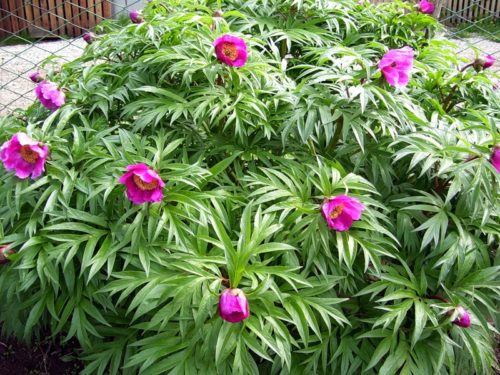
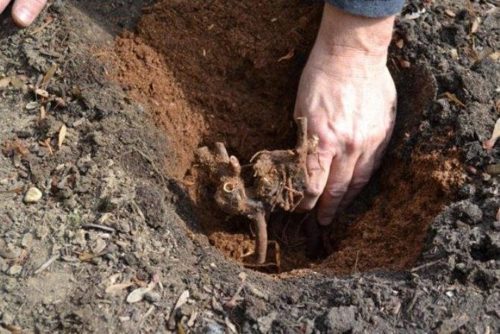
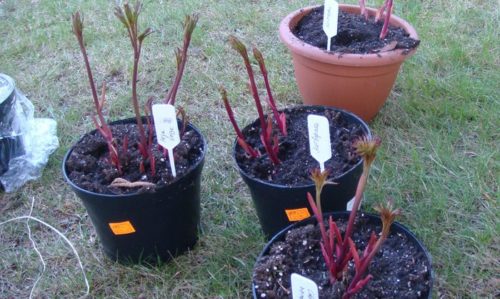
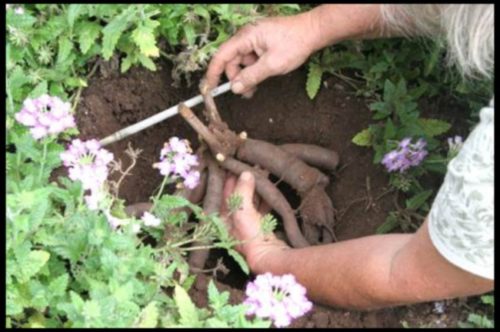
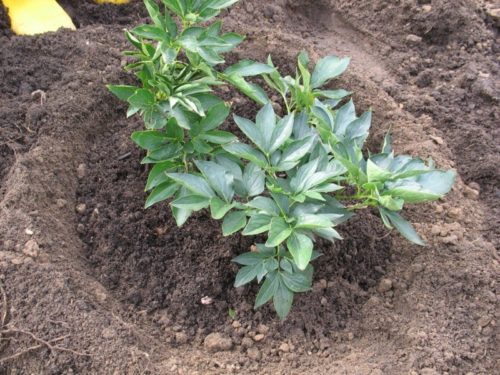
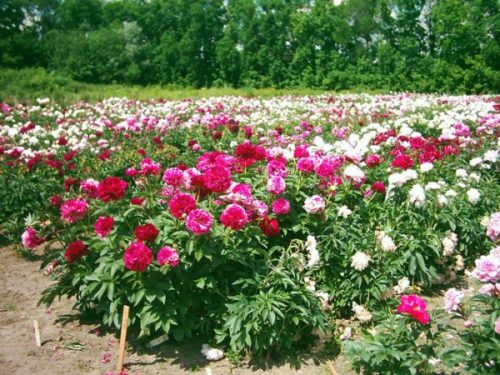
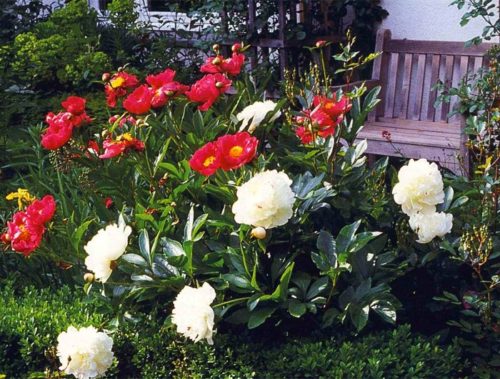
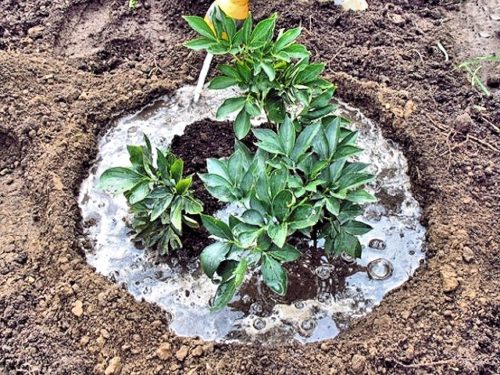
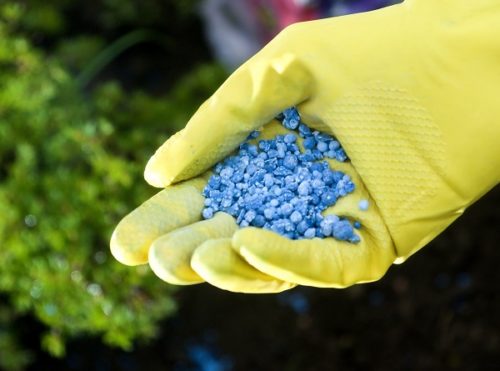

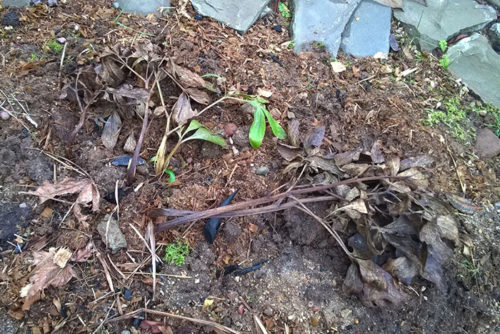
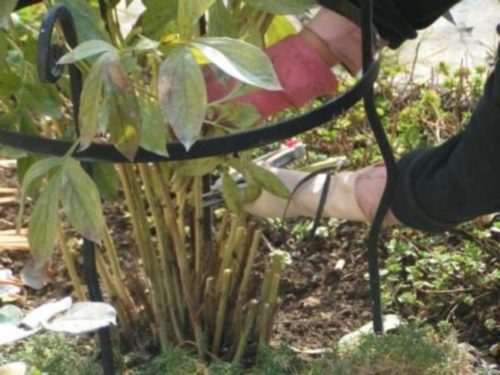
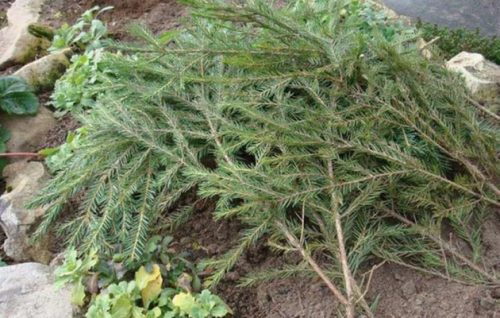
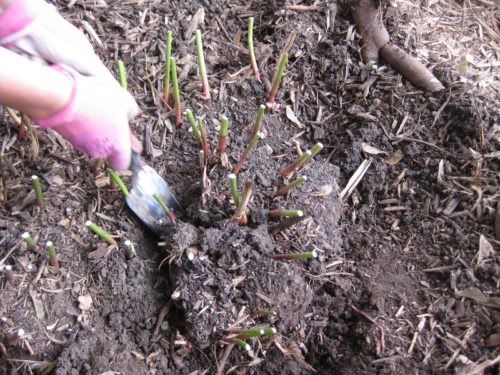
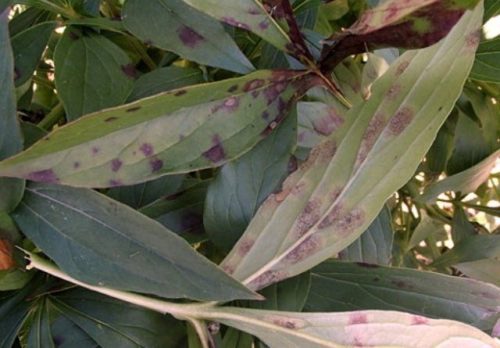
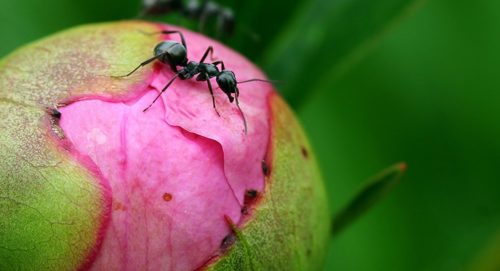

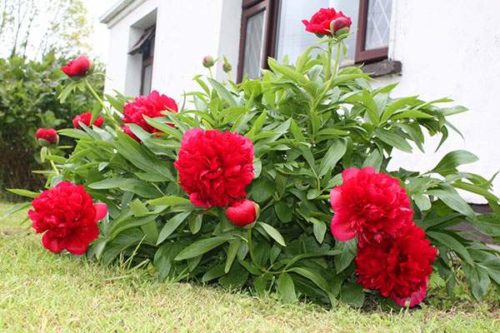












 Start a discussion ...
Start a discussion ...